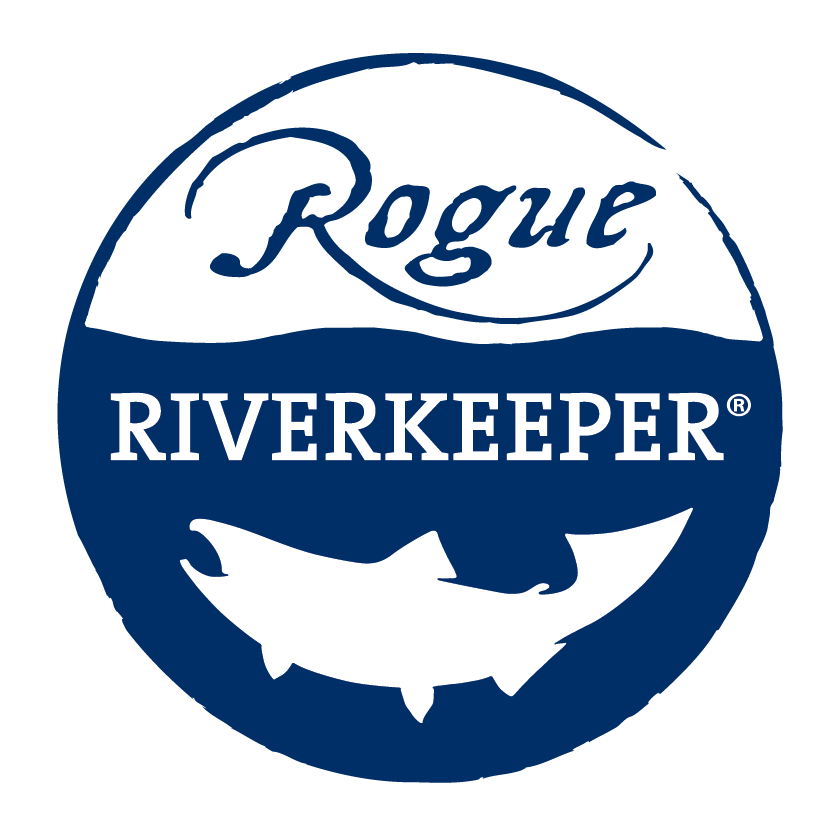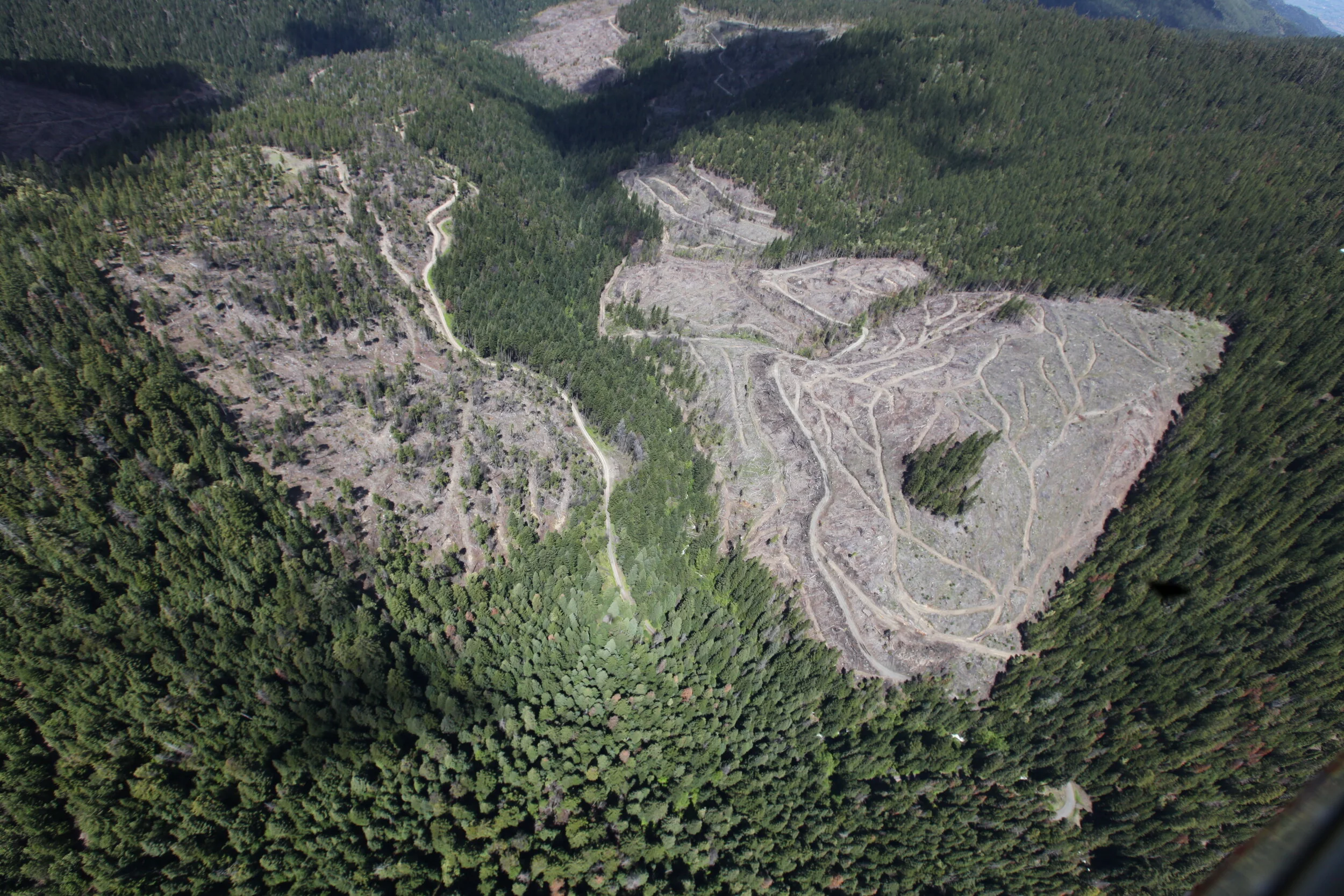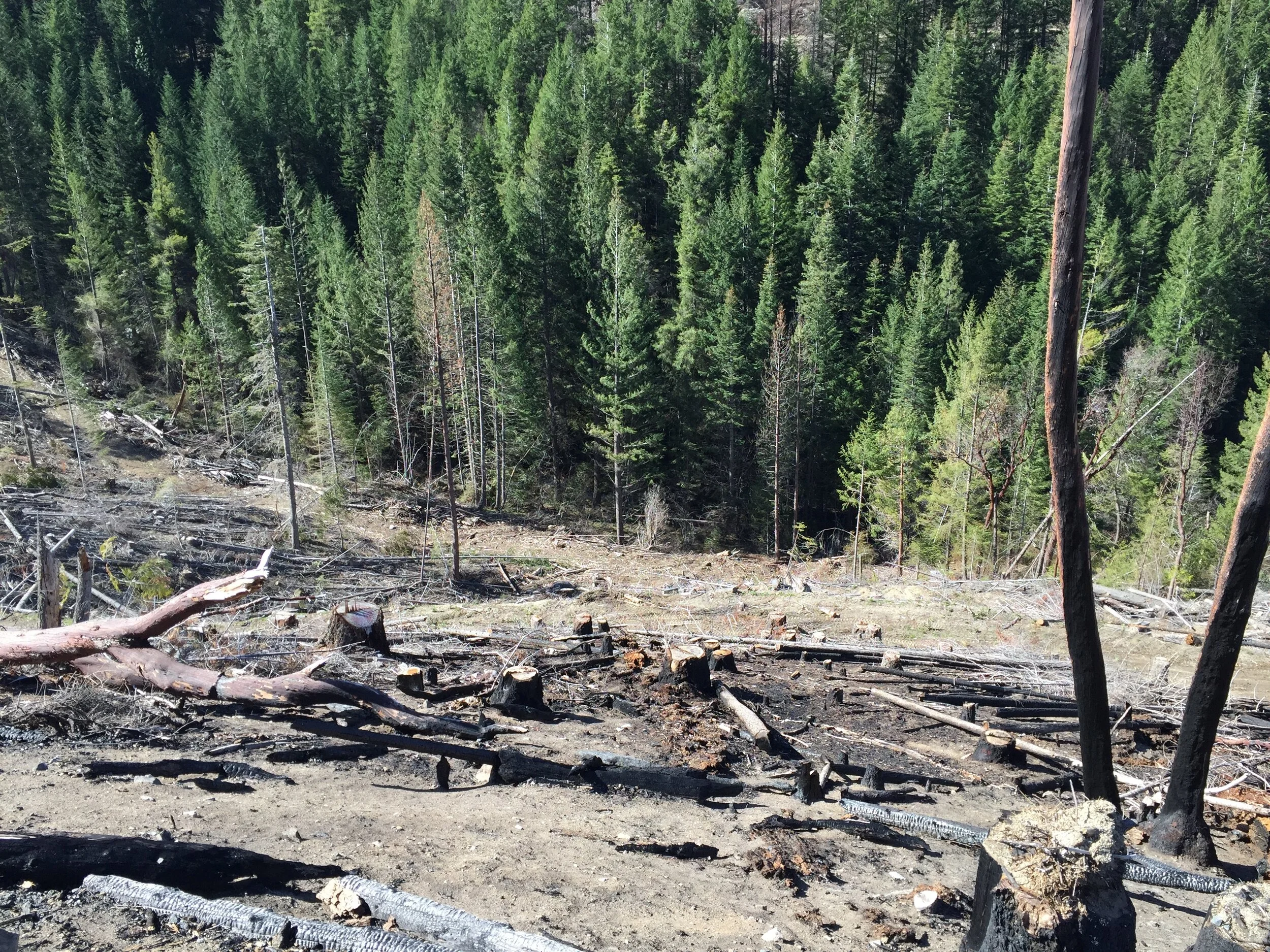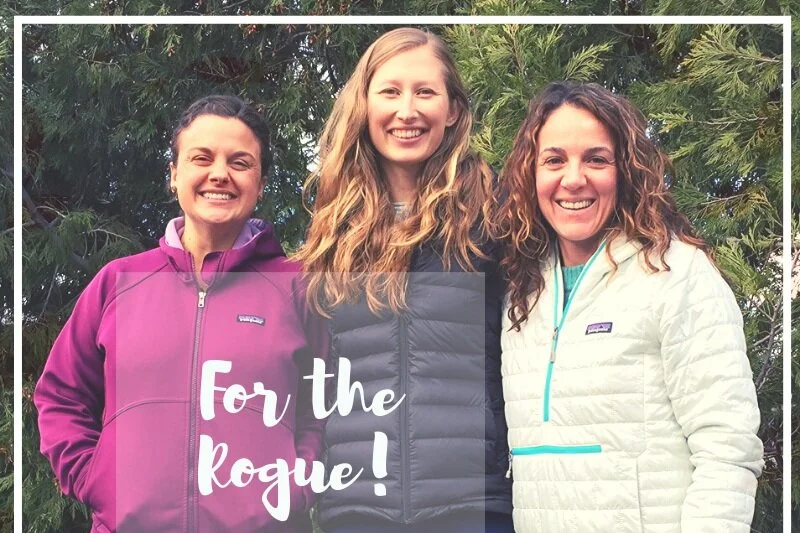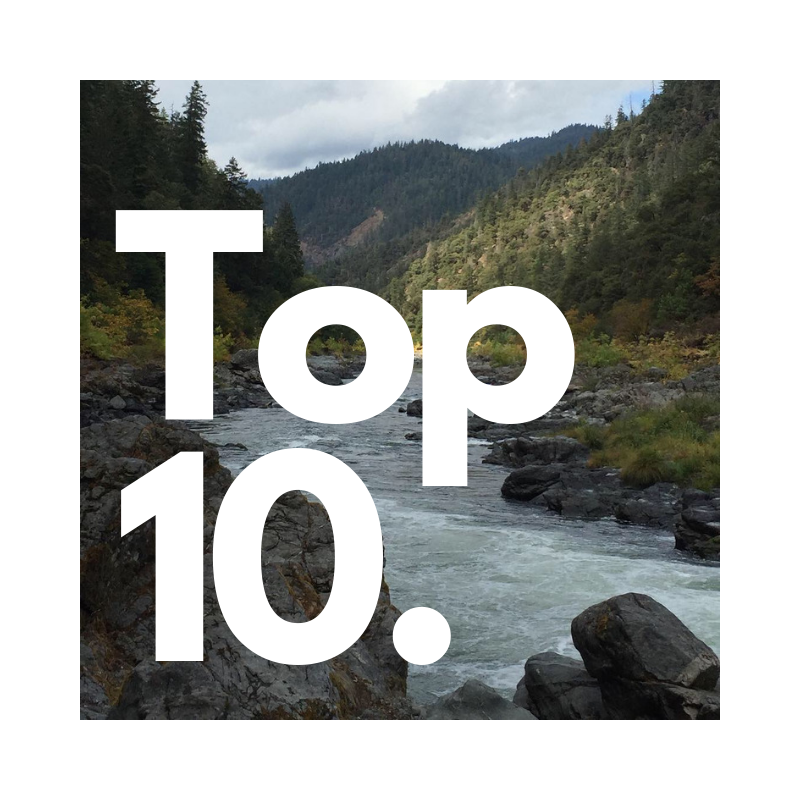Working to Reform Private Forestry Practices in the Rogue Basin
Check out our most recent blog posts about the impacts private lands forestry practices are having on waterways within the Rogue Basin.
Oregon’s current rules don’t go far enough to protect southern Oregon streams from the impacts of logging on private forestlands. This means that streamside forests in southern Oregon may be clear-cut as close as 20 feet from streams that support salmon, steelhead, and bull trout. The science is clear that removing trees near streams results in warmer stream temperatures. Many streams that flow into the Rogue are already too warm, which puts threatened species listed under the Endangered Species Act, such as the Southern Oregon Northern California Coast Coho (SONCC), at risk. In fact, NOAA Fisheries found that for the Illinois River population of SONCC coho, private forestlands had the most potential to support coho salmon, yet had the least watershed protection. Inadequate protections under the Oregon Forest Practices Act remains a significant threat to the recovery of native salmonids in the Rogue watershed.
Despite multiple findings that the current stream buffer standards under the Oregon Forest Practices Act are not protective of stream temperature and violate state water quality standards, the Siskiyou region in southwestern Oregon is currently left with a weaker standard than the rest of western Oregon. Rogue Riverkeeper advocates the Oregon Board of Forestry and the Oregon Department of Forestry to ensure that southern Oregon streams are not left with weaker protections on private forestlands.
At Rogue Riverkeeper, we work to:
Advocate for increased stream buffer standards with the Oregon Board of Forestry and the Oregon Department of Forestry to ensure southwestern Oregon and the Rogue watershed is not left with weaker protections;
Collaborate with partners, such as the Oregon Stream Protection Coalition, Wild Salmon Center, and others to address threats to water pollution from private forestry; and
Engage with local landowners and community members to build support for improving protections for southern Oregon streams on private forestlands.
